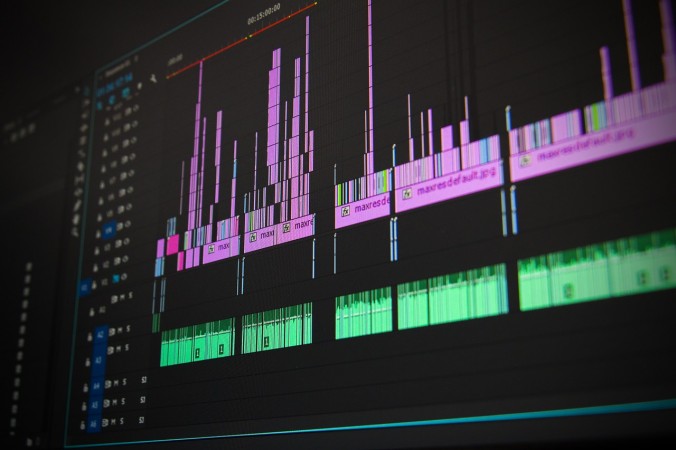Scott McCloud’s ‘Blood in the Gutter’ is a great comic and probably one of the best descriptors of editing that i’ve ever read. Blood in the Gutter does inherently focus on editing within comic books, but it’s easily applied to film form.
McCloud introduced me to four key elements involved in the editing process: closure, gaps, transitions and interpretations. Closure is our brains ability to observe the parts but to perceive the whole, completing that which is incomplete based on past experience. An example would be our brains additive reaction when seeing an image of baseball in a persons hand, then seeing an image of a baseball in the air. Our brain naturally inserts the images of the baseball reaching the point in mid-air in order to maintain continuity, or to achieve ‘closure’.
Expressions of Closure:
- Intentional: Deliberate inventions of storytellers to produce suspense or challenge audiences.
- Automatic: Automatic process requiring minimal effort.
Forms of Closure:
- Simple: Mere outline of a shape or newspaper image.
- Complex: Continuous, largely involuntary and virtually imperceptible. Film is shown at 24 frames per second or a television, which is a single point of light racing across the screen.
Gaps are just as important as images perceived as it allows the audience to construct their own scene or chains of events. Within comic books the gaps are the literal gaps between the images, nicknamed ‘the gutter’ for film these gaps are a little more complex. Within films gaps can be left purposely such as not showing a murder on screen, this way the audience decides how hard the blow was, who screamed, who died and why. Each reader or viewer commits that murder in their own style (i.e. ‘blood in the gutter’), this invites audience participation and allows the story to be customised by and to the individual. It also allows for off screen discussion of the text, such as much of the hype that existed around Donnie Darko, that was created through off screen audience discussion surrounding ambiguities in the films storyline.
Transitions are an extremely important element within comic books and also very important within film. In relation to comic books, McCloud states that there are six forms of transitions: moment-to-moment, action-to-action, subject-to-subject, scene-to-scene, aspect-to-aspect and non-sequitor.
Moment-to-moment transitions: Are instance to instance shots with very little closure required.
- Uncommonly used within American and European comics.
- Sometimes used within Japanese comics.
Action-to-action transitions: Features a single subject in distinct action-to-action progressions.
- Most common type of transitions within American and European comics.
Subject-to-subject transitions: Taking us from subject to subject while staying within a scene or idea.
- Second most common type of transitions within American and European comics.
Scene-to-scene transitions: Transports us across significant distances of time and space.
- Third most common type of transition within American and European comics.
Aspect-to-aspect transitions: Bypasses time and sets a wandering eye on different aspects of a place, idea or mood. Often used to establish mood or a sense of a place when time stands still. Encourages the reader to assemble a single moment using the scattered fragments presented.
- Very uncommon within American and European comics.
- Highly common and integral within Japanese comics.
- Within Japanese comics, dozens of panels are often devoted to portraying slow cinematic movement or to setting a mood.
Non-sequitor transitions: Has no logical relationship between panels.
- Often used within experimental comic books, like those of Art Spiegelman.
Interpretations are often guided by the artist of filmmaker, however the less guidance given the more elastic interpretations can be. Some artists are deliberately ambiguous, only giving us a small piece of the puzzle. Sometimes, this ambiguity can lead to something wonderful happening in the spaces left between, for there is nothing more imaginative then never ending possibilities.
Catch you later, Louise Alice Wilson
References
McCloud, S. (1993). ‘Blood in the Gutter’, Understanding Comics: The Invisible Art. Northampton, MA: Tundra Pub.







Recent Comments